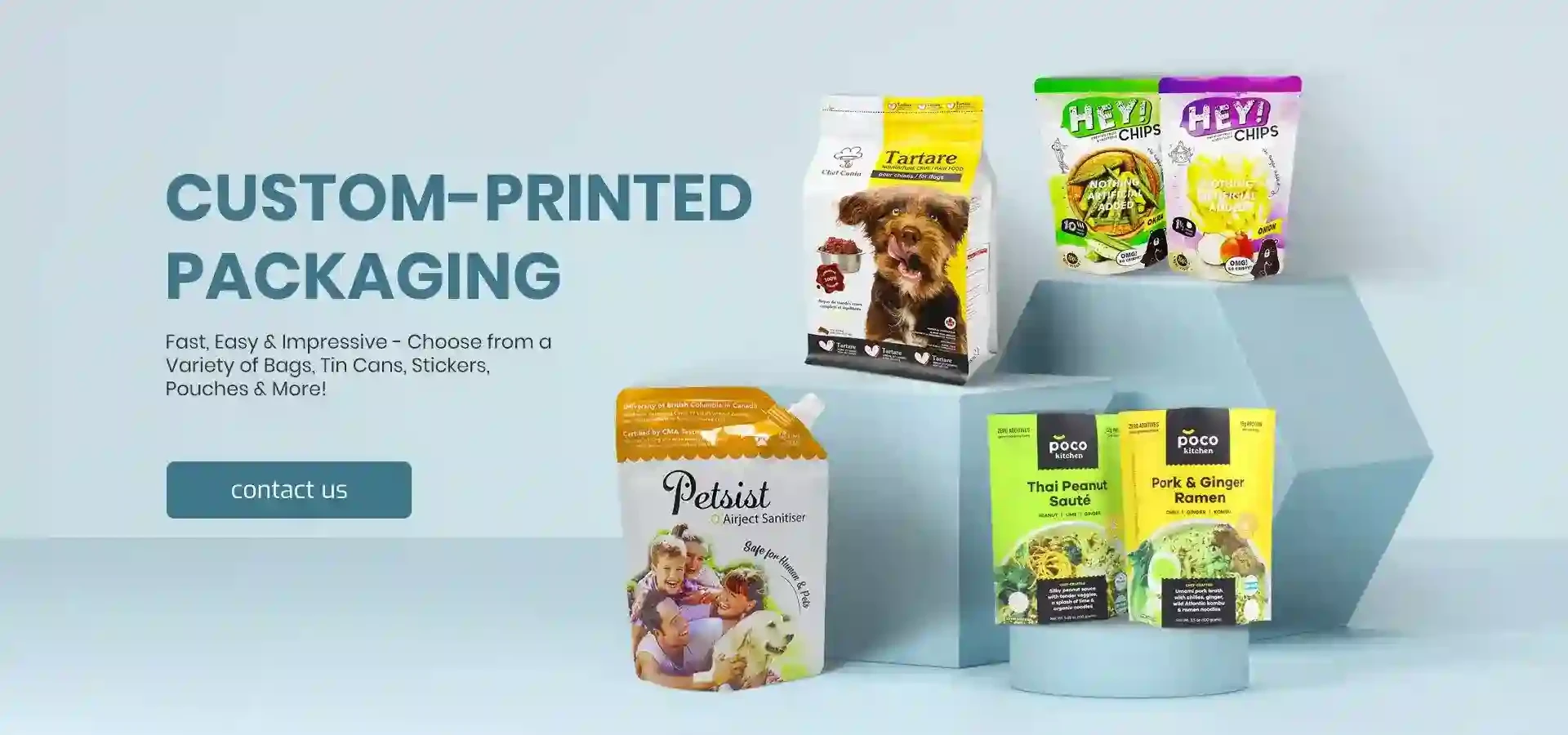- Afrikaans
- Albanian
- Amharic
- Arabic
- Armenian
- Azerbaijani
- Basque
- Belarusian
- Bengali
- Bosnian
- Bulgarian
- Catalan
- Cebuano
- chinese_simplified
- chinese_traditional
- Corsican
- Croatian
- Czech
- Danish
- Dutch
- English
- Esperanto
- Estonian
- Finnish
- French
- Frisian
- Galician
- Georgian
- German
- Greek
- Gujarati
- haitian_creole
- hausa
- hawaiian
- Hebrew
- Hindi
- Miao
- Hungarian
- Icelandic
- igbo
- Indonesian
- irish
- Italian
- Japanese
- Javanese
- Kannada
- kazakh
- Khmer
- Rwandese
- Korean
- Kurdish
- Kyrgyz
- Lao
- Latin
- Latvian
- Lithuanian
- Luxembourgish
- Macedonian
- Malgashi
- Malay
- Malayalam
- Maltese
- Maori
- Marathi
- Mongolian
- Myanmar
- Nepali
- Norwegian
- Norwegian
- Occitan
- Pashto
- Persian
- Polish
- Portuguese
- Punjabi
- Romanian
- Russian
- Samoan
- scottish-gaelic
- Serbian
- Sesotho
- Shona
- Sindhi
- Sinhala
- Slovak
- Slovenian
- Somali
- Spanish
- Sundanese
- Swahili
- Swedish
- Tagalog
- Tajik
- Tamil
- Tatar
- Telugu
- Thai
- Turkish
- Turkmen
- Ukrainian
- Urdu
- Uighur
- Uzbek
- Vietnamese
- Welsh
- Bantu
- Yiddish
- Yoruba
- Zulu
medicine packaging design
Medicine Packaging Design An Essential Element of Pharmaceutical Safety and User Experience
In the realm of pharmaceuticals, the importance of effective medicine packaging design cannot be overstated. The packaging serves as the first point of interaction between the consumer and the medication, playing a pivotal role in ensuring safety, compliance, and user experience. A well-designed medicine packaging not only protects the integrity of the product but also communicates critical information and enhances usability.
Protection and Safety
The primary function of medicine packaging is to protect its contents from environmental factors such as moisture, light, and temperature fluctuations. Proper packaging materials are selected to maintain the stability and efficacy of the medication, thereby ensuring patient safety. For instance, blister packs are commonly used for tablets and capsules, providing a barrier that prevents contamination and leakage. Child-resistant closures, tamper-evident seals, and light-resistant containers all contribute to safeguarding medications from potential hazards, both during distribution and at the point of sale.
Moreover, by considering the specific needs of different populations, such as the elderly or those with disabilities, packaging designers can enhance safety. For example, large-print labels and easy-to-open containers can significantly reduce the risk of medication errors and improve accessibility for users with visual impairments or limited dexterity.
Information Communication
An equally important aspect of medicine packaging design is the effective communication of information. Clear labeling is vital in helping consumers understand how to properly use a medication. Labels should include essential details such as dosage instructions, active ingredients, expiration dates, and potential side effects. The design must balance the need for ample information with readability, employing legible fonts, contrasting colors, and intuitive layouts.
Regulatory compliance also plays a critical role in packaging design. Different regions have specific requirements regarding labeling content and format, which must be adhered to in order to meet legal standards. This necessitates a thorough understanding of regulations, ensuring that packaging not only informs but also conforms to industry guidelines.
Encouraging Adherence
medicine packaging design

An often-overlooked benefit of thoughtfully designed medicine packaging is its potential to encourage adherence to prescribed regimens. Patients who struggle with understanding complex instructions or remembering to take their medications may benefit from packaging solutions that simplify these processes. For example, blister packs segmented by days or times can help users keep track of their medication intake, reducing the likelihood of missed doses.
Furthermore, interactive packaging solutions, such as those integrated with digital technologies, are emerging as a promising trend. Smart packaging can remind users to take their medication through mobile applications or alarms, ensuring they stay on track. This convergence of design and technology represents a significant step forward in enhancing user experience and medication adherence.
Sustainability Considerations
As the world increasingly shifts its focus towards sustainability, the pharmaceutical industry is also beginning to recognize the importance of eco-friendly packaging. The use of recyclable or biodegradable materials not only reduces the environmental impact but also appeals to a conscious consumer base. Designing packages with sustainability in mind involves examining the entire life cycle of the product — from material sourcing and manufacturing to disposal.
Companies can engage in sustainable practices while maintaining functionality and safety. Innovative solutions, such as concentrating on minimalistic designs that use less material or encouraging refillable systems, can significantly lessen the carbon footprint associated with pharmaceutical packaging.
User-Centric Design
Ultimately, medicine packaging design must prioritize the user experience. This involves empathizing with the end user and understanding their needs, preferences, and challenges. Engaging consumers in the design process can yield valuable insights, allowing for the creation of packaging that resonates with them. Conducting user testing and gathering feedback can refine designs, ensuring that they are both functional and appealing.
In conclusion, medicine packaging design is a multifaceted discipline that extends well beyond mere aesthetics. It encompasses protection, information dissemination, adherence, sustainability, and user experience. As the pharmaceutical landscape continues to evolve, so too must packaging designs, embracing innovation, and prioritizing the needs of consumers and healthcare providers alike. By doing so, we can ensure that medication remains safe, effective, and accessible to all.













